Categories
Archives
- April 2025
- March 2025
- February 2025
- January 2025
- December 2024
- November 2024
- October 2024
- September 2024
- August 2024
- July 2024
- June 2024
- May 2024
- April 2024
- March 2024
- February 2024
- January 2024
- December 2023
- November 2023
- October 2023
- September 2023
- August 2023
- July 2023
- June 2023
- May 2023
- April 2023
- March 2023
- February 2023
- January 2023
- December 2022
- November 2022
- October 2022
- September 2022
- August 2022
- July 2022
- June 2022
- May 2022
- April 2022
- March 2022
- February 2022
- January 2022
- December 2021
- November 2021
- October 2021
- September 2021
- August 2021
- July 2021
- June 2021
- May 2021
- April 2021
- March 2021
- February 2021
- January 2021
- December 2020
- November 2020
- October 2020
- September 2020
- August 2020
- July 2020
- June 2020
- May 2020
- April 2020
- March 2020
- February 2020
- January 2020
- December 2019
- November 2019
- October 2019
- September 2019
- August 2019
- July 2019
- June 2019
- May 2019
- April 2019
- March 2019
- February 2019
- January 2019
- December 2018
- November 2018
- October 2018
- September 2018
- August 2018
- July 2018
- June 2018
- May 2018
- April 2018
- March 2018
- February 2018
- January 2018
- December 2017
- November 2017
- October 2017
- September 2017
- August 2017
- July 2017
- June 2017
- May 2017
- April 2017
- March 2017
- February 2017
- January 2017
- December 2016
- November 2016
- October 2016
- September 2016
- August 2016
- July 2016
- June 2016
Featured
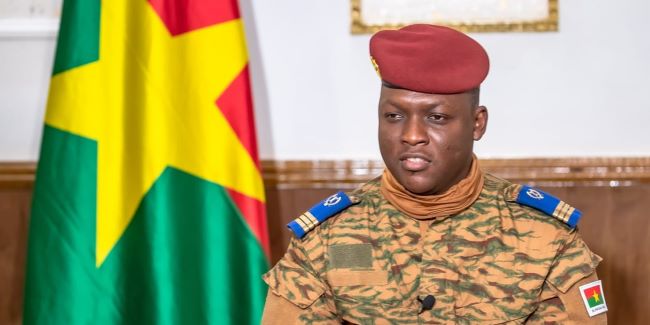 Burkina Faso: Where vision meets discipline
Burkina Faso: Where vision meets discipline 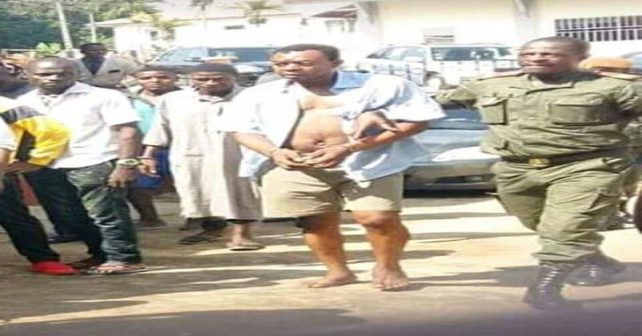 Prosecution of journalists in Cameroon: European Parliament says enough red flags have been ignored
Prosecution of journalists in Cameroon: European Parliament says enough red flags have been ignored  1982-2025: How long will Biya hang on?
1982-2025: How long will Biya hang on? 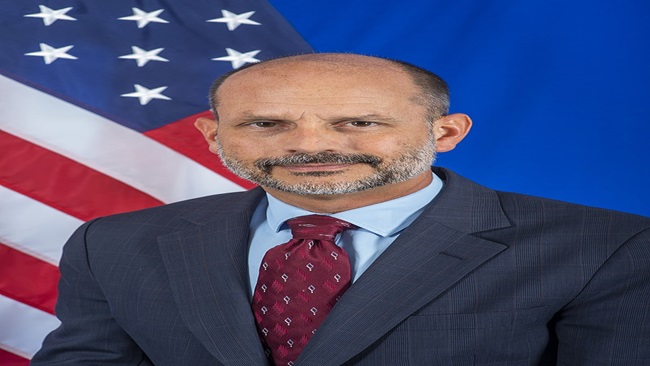 How Biya and Archbishop Nkea protected the sanctity of the family in Cameroon
How Biya and Archbishop Nkea protected the sanctity of the family in Cameroon 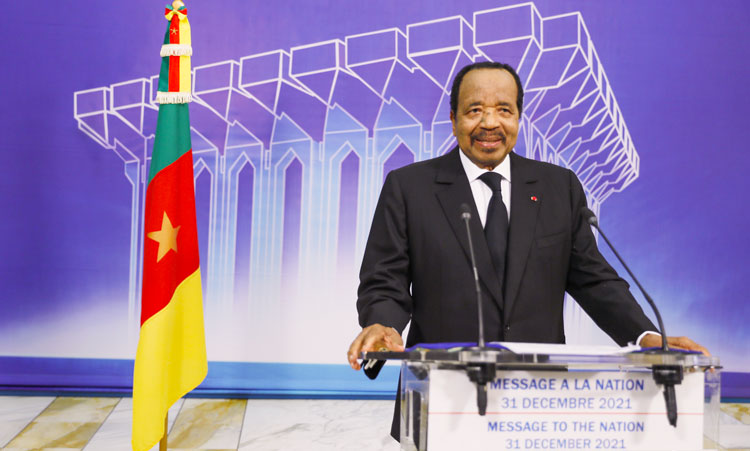 October Presidential Election: Will 92-year-old Biya be re-elected?
October Presidential Election: Will 92-year-old Biya be re-elected?
Most Commented Posts
 4 Anglophone detainees killed in Yaounde
4 Anglophone detainees killed in Yaounde
18 comments Chantal Biya says she will return to Cameroon if General Ivo Yenwo, Martin Belinga Eboutou and Ferdinand Ngoh Ngoh are sacked
Chantal Biya says she will return to Cameroon if General Ivo Yenwo, Martin Belinga Eboutou and Ferdinand Ngoh Ngoh are sacked
13 comments The Anglophone Problem – When Facts don’t Lie
The Anglophone Problem – When Facts don’t Lie
12 comments Anglophone Nationalism: Barrister Eyambe says “hidden plans are at work”
Anglophone Nationalism: Barrister Eyambe says “hidden plans are at work”
12 comments Largest wave of arrest by BIR in Bamenda
Largest wave of arrest by BIR in Bamenda
10 comments
Latest Tweets
Featured
-

Who will be the next pope? Key candidates in an unpredictable process
-

Pope Francis going home to rest!
-
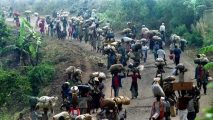
Rwanda and DR Congo set May 2 deadline for peace deal
-

Botswana president rebukes Biya, other African leaders clinging to power
-

Man Utd strike agreement with Cameroon wonderkid
-
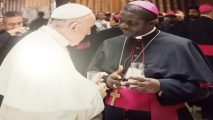
Ambazonia Crisis: Pope Francis enduring call for peace, now a legacy
-

Vatican: More than 20,000 gather as mourners file past Pope Francis’s open coffin
© Cameroon Concord News 2025
4, October 2017
Cameroun Vs Cameroon: Crisis has reached a boiling point 0
As Nigeria celebrated her 57th Independence Day on Sunday Oct. 1, her eastern neighbour Cameroon for the first time in over 30 years also officially marked her 56th year of reunification. However, Cameroonians were deeply divided over the Oct.1 anniversary as the internet was disrupted again in the English-speaking regions and security officials opened fire on Anglophone protesters killing as many as 15 people according to reports.
The killings come after renewed massive resistance against perceived marginalization of English-speaking Cameroon by the majority Francophone-led government.
The crisis stems from the country’s colonial history which created modern Cameroon in an agreement between colonial rulers Britain and France. Former British Cameroons (Southern Cameroons) got its independence on Oct. 1, 1961 by joining already independent (Jan. 1, 1960) La Republique du Cameroun to form the Federal Republic of Cameroon. There were two states—West and East Cameroons—operating under the federal system of government which were later fused on May 20, 1972 to form the United Republic of Cameroon.
But over time, citizens of the country’s English-speaking regions, which account for around 20% of the population, have complained to feeling frustrated in the union as they complain of cultural, economic, social and political deprivation.
The long-lingering crisis took a turn for the worst last week when agitators operating under the aegis of the Southern Cameroons Ambazonia Governing Council called for public demonstrations. The mass protests were scheduled to culminate in celebrations on Oct. 1, the day activists had hoped to declare the independence of Southern Cameroons/Ambazonia, a country they clamour to create.
Following up on clashes on Sep. 22, protesters again poured out on the streets on Oct. 1 in villages and towns across the North West and South West regions. Their attempts to hoist blue-white flags of Southern Cameroons/Ambazonia as a sign of independence was met with stiff resistance by armed forces who have been deployed to the troubled regions.
Amnesty International confirmed up to 17 people being kill by security forces during protests in some of Cameroon’s Anglophone towns. International and local media reports said security forces opened fire on protesters in Bamenda, Buea and several other towns. The killings took place despite a call for restraint made by the UN secretary general.
President Paul Biya, who has been in power for 35 years, has yet to return to the country after taking part in the 72nd UN General Assembly in New York last month. He condemned “all acts of violence, regardless of their source and their perpetrators.”
While the troubled regions faced a ban of gatherings of more than four people, restriction of movement and another internet shutdown, demonstrations were organized in other parts of the country to call for unity.
Demonstrators carry banners as they take part in a march voicing their opposition to independence or more autonomy for the Anglophone regions, in Douala.
In the capital city Yaoundé, members of parliament gathered at the Reunification Monument to drum up calls for unity and peaceful coexistence. The celebration which is the first of its kind was largely boycotted by Anglophone opposition MPs.
In Douala, like in Yaoundé, members of the ruling Cameroon’s People’s Democratic Movement (CPDM) organized street matches calling for a united Cameroon. The regional organ of the opposition Social Democratic Front party in the economic capital Douala condemned the CPDM outing. The party voiced concerns over the “discriminatory attitude of administrative authorities.”
Source: Quartz Media